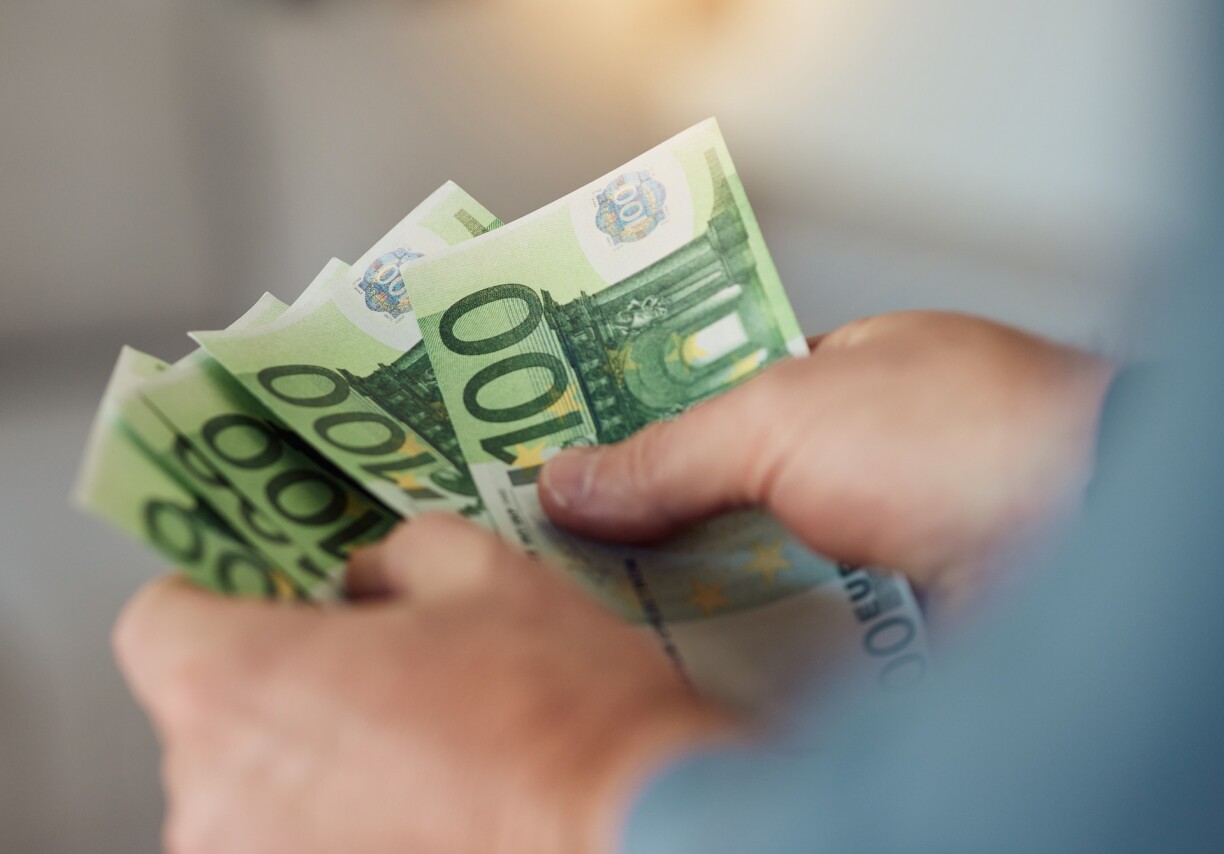
Purchasing power varies greatly from one country to another, which is why Eurostat economists use the artificial monetary unit PPS – for Purchasing Power Standard – to measure the exact differences. According to a recent report, purchasing power is highest in Luxembourg at 34,000 PPS, 38% above the EU average. Austria (28,800 PPS) and the Netherlands (28,700 PPS) complete the podium, according to Eurostat figures.
Comparing the Grand Duchy with its neighbours, Germany (28,500 PPS) comes out on top, ahead of Belgium (28,200 PPS), and France (26,300 PPS). France’s per capita consumption is 108% that of the European average. The southern countries are less well off, with the Italians (25,000 PPS), the Spanish (21,800 PPS), and the Portuguese (21,700 PPS) having less purchasing power. Finally, central and eastern Europeans have the lowest purchasing power: Bulgaria (17,900 PPS) and Hungary (17,200 PPS) are at the bottom of the table.
The Purchasing Power Standard (PPS) is an artificial currency unit used to measure the amount of goods and services that can be bought in different countries, accounting for price level differences. PPS is calculated by dividing a country’s economic aggregate in its national currency by its purchasing power parity (PPP). This allows for a standardised comparison of economic data across countries. Eurostat uses PPS as a common currency to express national accounts, where PPPs serve as the exchange rate between the PPS and the euro, reflecting the relative price levels between countries.